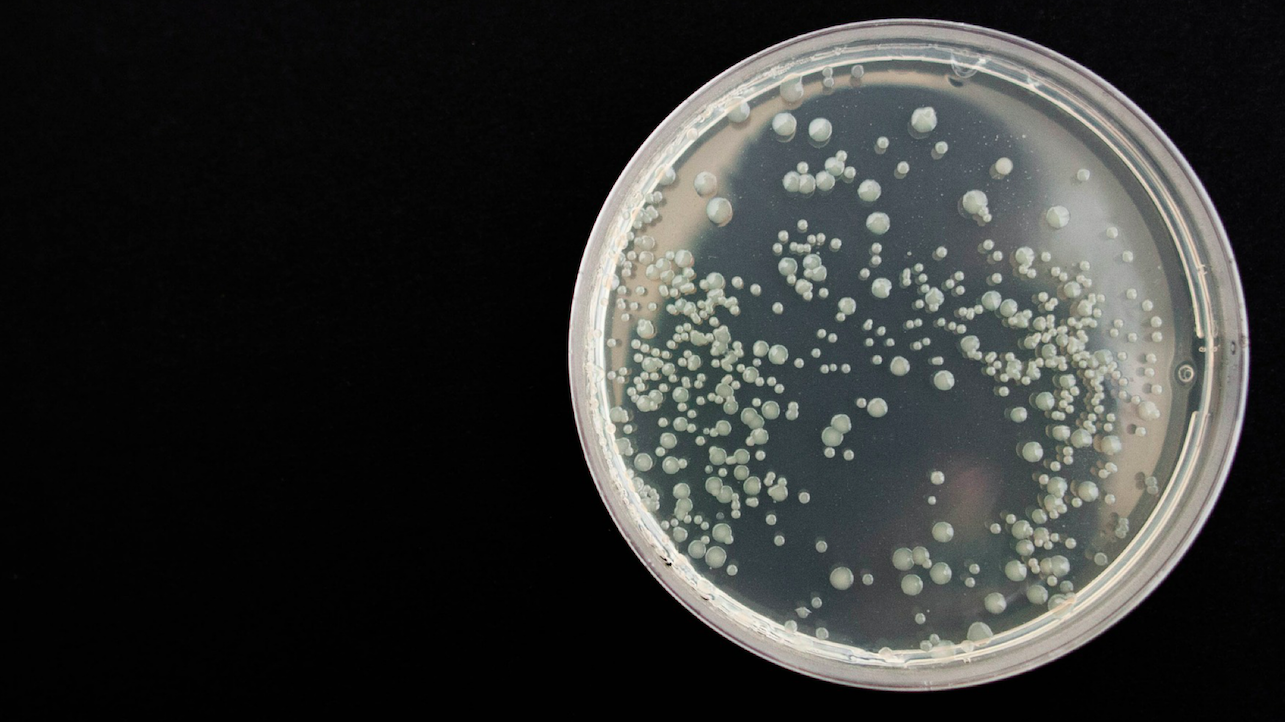

Gonorrhea and other infectious diseases are becoming drug-resistant, which means the bacteria causing the disease can resist the effects of the drugs being used to treat it. This allows the bacteria to keep multiplying. Gonorrhea has developed resistance to almost all of the antibiotics used to treat it. The medical community is currently down to just one treatment method, a class of antibiotics known as cephalosporins. If gonorrhea develops resistance to the last treatment method, treating this disease may be next to impossible.
But healthcare providers can help stop the rise of drug-resistant diseases by reporting treatment failures to the Center for Disease Control and Prevention and other healthcare organizations. Find out how the medical community is working to combat drug-resistant diseases.
What You Need to Know About Antibiotic-Resistant Gonorrhea
According to the CDC, there are around 820,000 new gonorrhea infections in the U.S. every year, and gonorrhea is the second-most commonly reported infectious disease in the country. Over the last few decades, gonorrhea has developed resistance to several treatment methods.
Back in the early 1990s, there were several different recommended treatment methods for gonorrhea, including ciprofloxacin, a fluoroquinolone, and two cephalosporins (ceftriaxone and cefixime). But by the late 90s and early 2000s, gonorrhea had developed resistance to ciprofloxacin.
Ciprofloxacin-resistant gonorrhea had become more common among men that have sex with other men and the drug was discontinued among this population, but ciprofloxacin resistance quickly spread among the general population as well. By 2006, nearly 14% of gonorrhea cases were resistant to ciprofloxacin. And in 2007, the medical community stopped using fluoroquinolones to treat gonorrhea, leaving providers with just cephalosporins, either cefixime or ceftriaxone, as the only viable treatment option.
It’s unclear how long cephalosporins will still be effective in terms of treating gonorrhea. The CDC has noticed decreasing cephalosporin susceptibility among gonorrhea patients. As a result, the CDC has changed its STD treatment guidelines over the last few years.
How Clinicians and Providers Can Help
Now that the medical community is down to just one effective treatment method for gonorrhea, the CDC is urging healthcare providers to do their part by reporting treatment failures. They encourage providers to do the following:
There are several projects devoted to gonorrhea treatment surveillance in the U.S. including the Gonococcal Isolate Surveillance Project (GISP), the enhanced Gonococcal Isolate Surveillance Project (eGISP), and Strengthening the United States Response to Resistant Gonorrhea (SURRG). Providers should visit the CDC website for more information on reporting treatment failures to these organizations.
The CDC is also advocating for increased laboratory culture testing for gonorrhea. Culture testing is when a laboratory grows bacteria on a nutrient plate and then exposes it to the antibiotic to test for treatment susceptibility. Laboratory culture testing has been on the decline in recent years as more laboratories switch to diagnostic testing. However, there is currently no reliable technology for testing antibiotic susceptibility among non-culture specimens.
The CDC wants all state and local health departments to maintain or develop laboratory culture testing for gonorrhea, or form partnerships with laboratories that do this kind of testing.
The Larger Fight Against Antibiotic Resistance
As drug resistance continues, the medical community is starting to look at new ways of treating various infectious diseases. Instead of creating new treatment methods, doctors are repurposing old drugs and using them in combination with traditional antibiotics. When treating an infectious disease, doctors need to target the membrane of the bacteria, the only part of the bacteria that can’t resist treatment.
The bacteria known as MRSA, or methicillin-resistant Staphylococcus aureus, can cause some cases of pneumonia, as well as skin and blood infections. These infections contain bacteria that behave like “couch potatoes,” which can protect themselves from antibiotics. To fight these infections, scientists have started looking at existing drugs that can penetrate the membrane of the bacteria, so it will be susceptible to traditional antibiotics.
After screening over 80,000 drugs, they finally settled on bithionol, a drug previously used to treat parasitic infections in horses. Scientists knew bithionol had some antibiotic properties, but the results show that it’s more effective at killing the bacteria than previously thought.
Yet, this drug can also be destructive and should only be used to target the membranes of bacteria, not those of human cells. When bithionol encounters the bacteria, it causes it to burst open and die, which could generate further resistance. The bacteria may find a way to adapt, further reducing the effects of antibiotics.
Using the drug in lower doses along with traditional antibiotics, such as gentamicin, may be effective for treating MRSA infections. Early tests show the bithionol penetrated the membranes of the bacteria, but instead of causing them to burst, it loosened up the bacteria so the gentamicin could kill it from the inside.
These early experiments show that healthcare providers may be better off looking at existing drugs when overcoming antibacterial resistance. Hopefully, the medical community can stay one step ahead of this growing phenomenon.
When we discuss students, we always mention their qualities. Those qualities show what they are…
If you or someone you know is juggling mental health issues alongside substance abuse, understanding…
For the last couple of weeks, the Israel-Hamas conflict has taken over the news cycle.…
Our eyes are invaluable, serving as our windows to the world. The ability to see…
Undoubtedly, one of the most demanding and challenging professions is nursing. Nurses work long hours in…
Echocardiography, or echo for short, is a key diagnostic test used by cardiologists to assess…